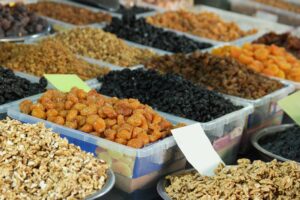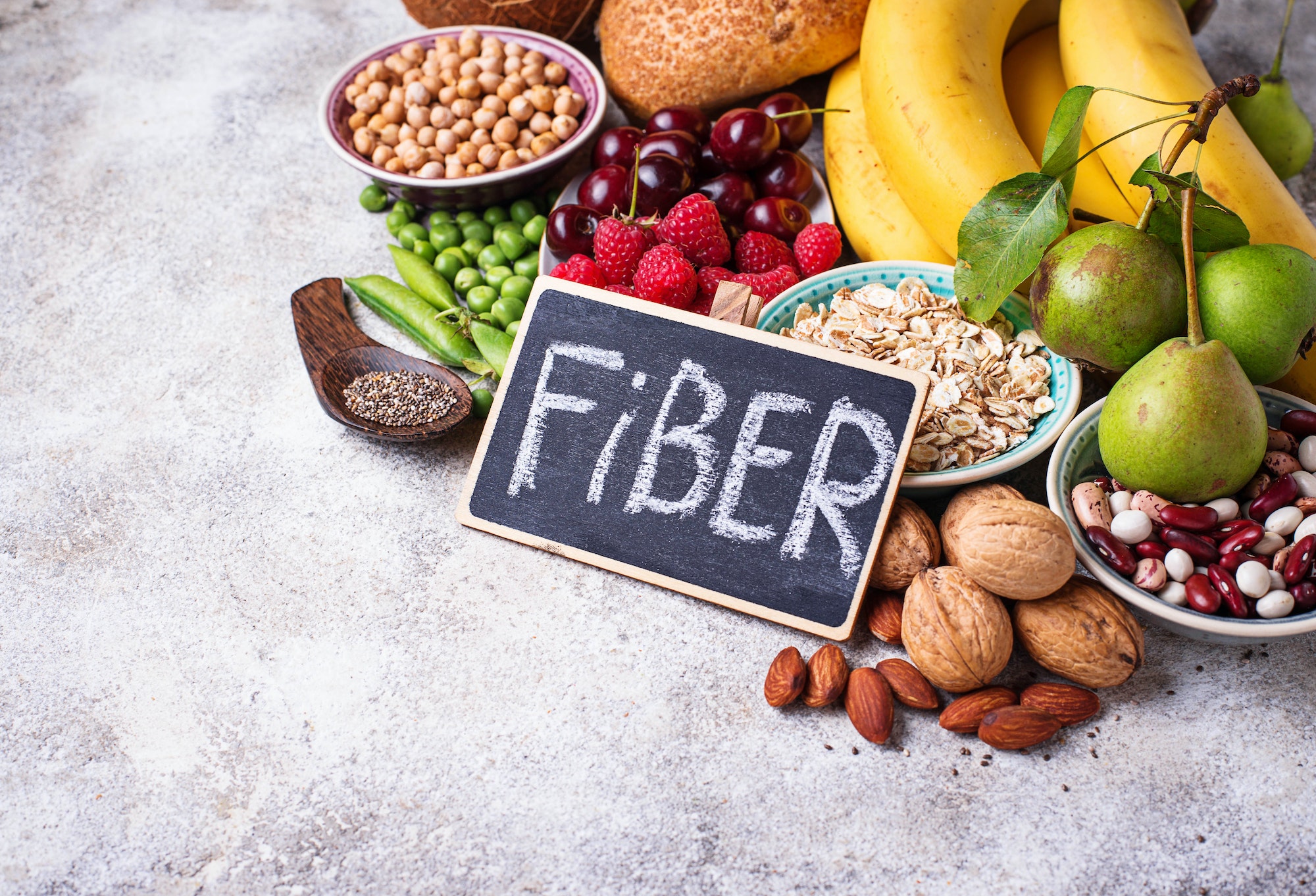Looking for fiber rich foods to supplement your diet? Pakistan is an incredibly diverse and fascinating country with a rich culture that offers plenty of delicious food. From savory curries to sweet desserts, there are all sorts of flavors to be enjoyed in Pakistan.
But beyond the variety of dishes on offer, one thing that makes Pakistani cuisine so unique is its focus on fiber-rich foods. Pakistan is home to a variety of delicious, fiber-rich foods. From roti and naan to chana chaat, there are plenty of options to choose from when looking for a high-fiber meal.
Eating a fiber-rich diet has many health benefits, including aiding digestion, preventing constipation, and reducing the risk of heart disease.
Top 10 Fiber Rich Foods To Try In Pakistan
Here are ten of the best fiber rich fruits, vegetables, and dry fruits you can find in Pakistan! These foods are all excellent sources of fiber and can quickly help you reach your daily recommended fiber intake.
Incorporating them into your diet is a great way to improve overall health and well-being and surpass that weight loss plateau.
White & Black Chickpeas
Chickpeas, also known as garbanzo beans, are perhaps one of the most versatile legumes used in various dishes. They can be used in everything from salads to stews, and they’re loaded with dietary fiber! One cup of cooked chickpeas provides over 12 grams of fiber, protein, iron, and magnesium. Chickpeas can be added to soups and salads or used as a replacement for meat in recipes. You can also eat chana chaat to obtain the same benefits.
Black Beans
Black beans are a nutrient-rich food, providing over 15 grams of fiber per cooked cup. They’re also a good source of protein, iron, and potassium. Black beans can be used in various dishes, including soups, curry, and rice.
Kidney Beans
Kidney beans are considered high fiber rich foods, with one cup providing over 13 grams. They’re also a good source of protein, iron, and magnesium. Kidney beans can be used in soups or as a recipe replacement for meat.
Broccoli
This nutrient-rich vegetable is packed with fiber and vitamins A, C, and K. Just one cup of broccoli provides 3 grams of fiber.
Apples
Apples are a great source of soluble and insoluble fiber; apples satisfy hunger while promoting good gut health. One large apple contains about 4 grams of fiber.
Nuts & Dried Fruits
 Dried fruits are an excellent way to get your daily dose of fiber and vitamins, and minerals. Just a quarter cup of raisins provides 3 grams of fiber.
Dried fruits are an excellent way to get your daily dose of fiber and vitamins, and minerals. Just a quarter cup of raisins provides 3 grams of fiber.
A handful of nuts is an excellent snack for those looking for a high-fiber option. Almonds, in particular, are packed with fiber – one ounce contains 3.5 grams.
Potatoes
Though often thought of as unhealthy, potatoes are one of the best fiber rich foods. One large potato contains about 4 grams of fiber. Just make sure to boil them instead of frying them to reap the benefits of potatoes.
Whole Grains
Whole grains are an excellent source of both soluble and insoluble fiber. A half-cup of cooked oats provides 4 grams of fiber, while the same amount of brown rice has 3.5 grams.
Lentils
Lentils might just be one of the healthiest foods on the planet! While they may not pack as much punch when it comes to flavor as chickpeas do, lentils more than make up for them by being an excellent source of protein AND dietary fiber!
Lentils are an excellent source of fiber, providing over 15 grams per cooked cup. They’re also a good source of protein, iron, and potassium. Lentils are perfect for adding to soups, stews, salads, or rice dishes.
Pakistan has abundant natural resources, and its cuisine reflects this bounty. Including these high-fiber foods in your diet is a great way to improve your overall health.
The next time you’re looking for a healthy, fiber-rich meal, consider one of these Pakistani favorites. From whole grains to fruits and vegetables, there’s something on this list for everyone.
For more information about healthy eating, tips, recipes, etc., check out our other blog posts or contact a nutritionist today. So what are you waiting for? Start incorporating more fiber into your diet today!

